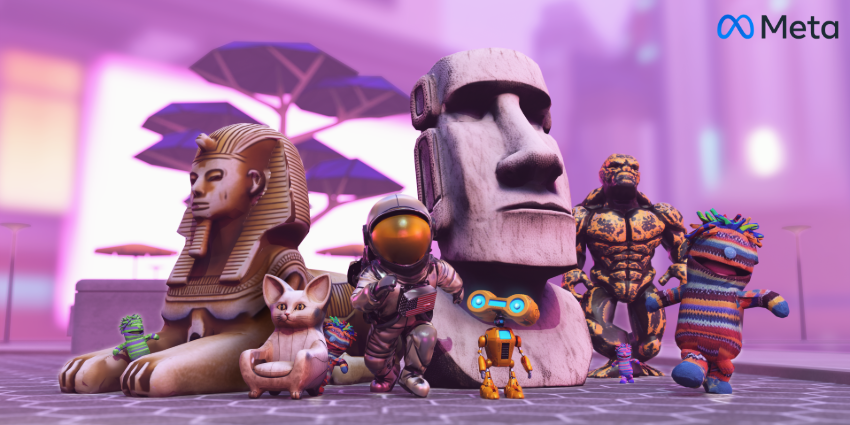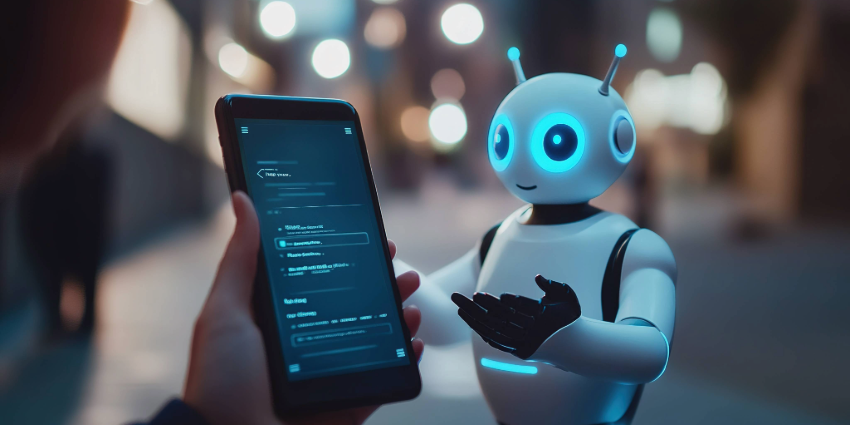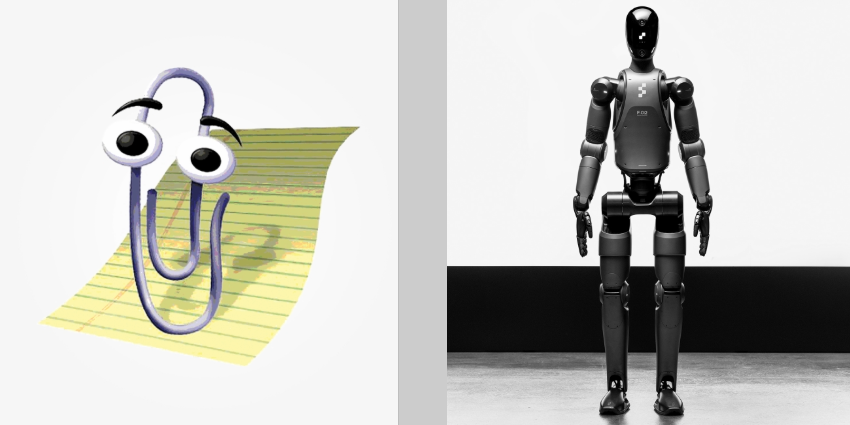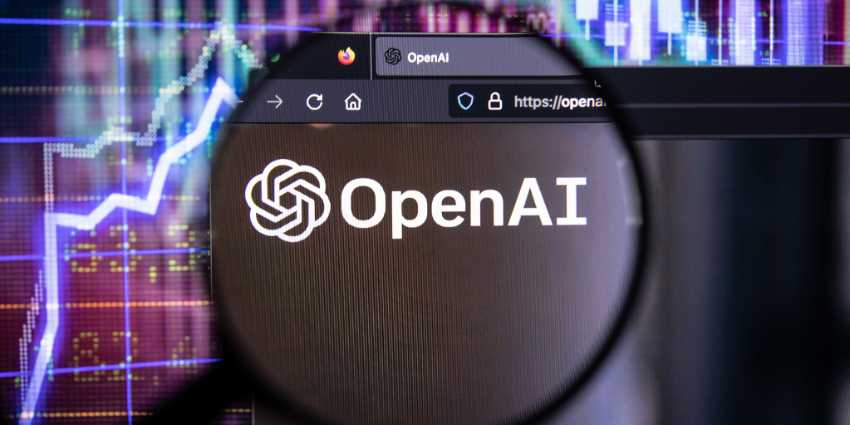Image and video from Meta
After its bullish LlamaCon developer conference and ambitious genAI announcement, Meta has unveiled AssetGen 2.0, the next evolution of its VR asset generation model that makes creating virtual worlds as simple as describing what you want.
What’s New in Version 2.0?
Meta explains that AssetGen 2.0 represents “a significant leap forward in 3D generative AI research, leveraging a single-stage 3D diffusion model to deliver 3D meshes with dramatically improved detail and fidelity, while our complementary TextureGen model ensures that these assets are not only visually stunning but also production-ready with high-quality textures.”
The 3D objects created with this technology will have better detail and more realistic appearance than previous versions. Key technical improvements include:
- AssetGen 2.0 uses 3D diffusion for geometry estimation
- It’s trained on a large corpus of 3D assets
- For texture generation, it introduces new methods for improved view consistency, texture in-painting, and increased texture resolution
Unlike its predecessor (AssetGen 1.0), the new model delivers higher quality results based on both text and image prompts. This means you can show it a picture of something you like, and it’ll transform it into a 3D object for your virtual world.
Meta’s examples show how AssetGen advances 3D world generation, allowing users to build experiences with complex, high-quality 3D items.
All the assets in this scene were created in AssetGen 2.0 (source: Meta)
VR Creation for All
The new system will make VR creation accessible to everyone, enabling anyone to create immersive VR experiences without specialized training. People without drawing skills or 3D modeling experience can now describe what they want and have AssetGen 2.0 build it.
Meta has been developing its VR creative capacity, which enables the creation of full VR worlds through text and spoken prompts. With these tools, anyone can create their own VR environment within hours, without coding knowledge or technical understanding of VR systems.
Meta announced that AssetGen 2.0 will be rolling out to Horizon developers later this year. Beyond individual 3D models, Meta is also developing another AI model that will create “entire 3D scenes” based on text and image prompts. This would allow users to describe a complete environment and see it materialize before them.
The Metaverse Vision Continues
This development is a natural VR evolution for Meta and a gateway into its broader metaverse experience. However, several challenges remain before widespread adoption.
Meta needs to increase VR adoption, and cost is a factor as VR headsets remain relatively expensive. The company has mentioned its willingness to reduce profit margins on hardware to boost Quest adoption. Even with more affordable hardware, the current range of VR experiences may not yet drive widespread adoption, though user numbers are gradually increasing.
Meta is also approaching this challenge by focusing on AR glasses, which can now use AI prompts throughout the day. With AI being a current technology trend, this strategy is helping increase sales of Meta’s Ray Ban smart glasses, which serve as an entry point to its fuller VR vision.
Moving Toward the Future
While Meta’s early company name change might have seemed premature to some observers, the technology continues to develop steadily. Advances like AssetGen 2.0 demonstrate important progress toward creating engaging, rich VR experiences.
The ability to create virtual worlds through simple descriptions brings us closer to more intuitive and accessible digital environments.
As Meta continues to refine these tools and address challenges like motion sickness, we’ll likely see VR becoming more integrated into everyday experiences.







